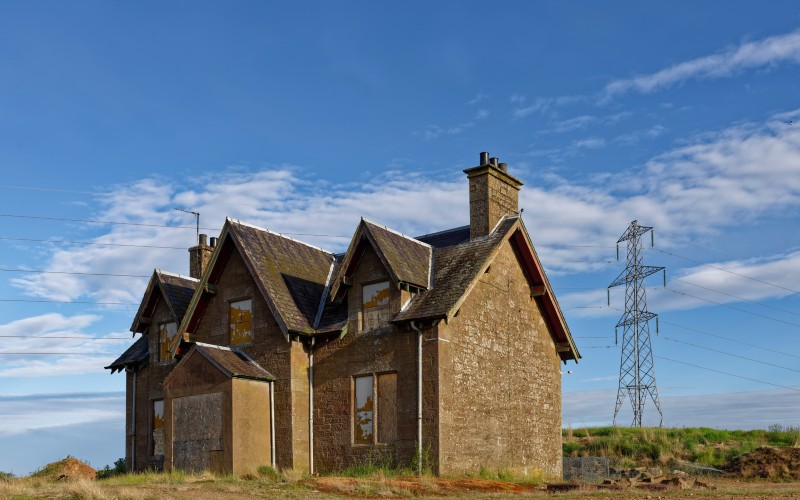
The King’s and Lord Treasurer’s Remembrancer (KLTR) is the Crown’s representative in Scotland with authority to deal with ownerless property, referred to as “bona vacantia”. Ownerless property can have a strong negative impact on the local environment and its people by attracting anti-social behaviour and unattractive buildings. On the 1 March 2024, the KLTR launched a new approach to ownerless property in Scotland known as the Ownerless Property Transfer Scheme (OPTS).
What is the Ownerless Property Transfer Scheme?
The OPTS is a new initiative aimed at empowering communities to acquire possession of land and buildings that are legally ownerless and left abandoned or neglected by their owners. Such land and buildings are often in a state of disrepair, seen as becoming eyesores and safety hazards for communities. The OPTS creates an opportunity to bring these properties back into productive use for local community benefit. By facilitating the transfer of such properties at a nominal or cost recovery value, covering only the KLTR’s external legal costs, the OPTS opens doors for revitalisation of ownerless property for productive use and to benefit local communities. Such properties will often be available at well below market value. The scheme encourages collaboration between public bodies, local authorities and community organisations to effectively transfer and repurpose these properties for the community’s advantage. The OPTS will create opportunities for communities across Scotland to address the long-term negative impact that ownerless land and buildings can have on residents. It will allow all interested parties to collaborate to ensure such opportunities benefit both present and future generations.
Benefits of the OPTS
The OPTS has several benefits for both communities and the broader society:
- Through the renovation of abandoned properties, the OPTS contributes to the availability of safe and habitable housing options, consequently mitigating housing shortages and homelessness.
- Revitalising properties and ensuring their ongoing maintenance will enhance the overall aesthetics and liveability of communities. This attracts a greater number of visitors, encourages new residents and businesses, and fosters economic growth.
- Rehabilitating existing structures promotes environmental sustainability by reducing the need for new construction.
- The scheme promotes collaboration between the local government and community organisations to ensure that resources are properly utilised and that revitalisation efforts align with the needs and aspirations of local communities.
Challenges of the OPTS
Whilst the OPTS provides a promising solution to the problem of ownerless properties in Scotland, there are still some challenges to be aware of:
- The legal process involved in transferring ownership of abandoned properties can be difficult and time-consuming, requiring expertise in property law and regulations.
- Public bodies, local authorities and community bodies may lack sufficient funding, staff and expertise to implement the scheme and carry out renovations.
- For the OPTS to be successful, it is imperative that those involved in the scheme engage with local communities to address any concerns and ensure their proposal aligns with community needs.
- Once land and buildings have been rehabilitated, ongoing maintenance and management is essential to ensure the property doesn’t go back into disrepair.
The OPTS is a proactive approach to addressing the challenges if ownerless and abandoned property in Scotland. Whilst there will be challenges to overcome, this scheme provides a positive impact on local communities. Overall, the scheme has great potential for improving areas of Scotland and rehabilitating problematic properties.
Do you live in a community where there is ownerless property? Could you and your community benefit from the Ownerless Property Transfer Scheme? If you have any questions or require more information about how our property team can help, please contact our property team on 03330 430150.

